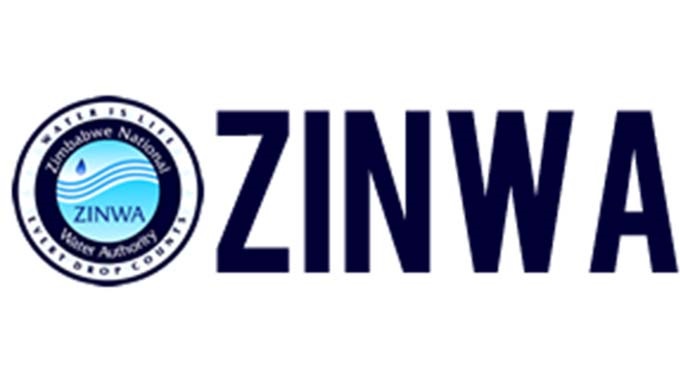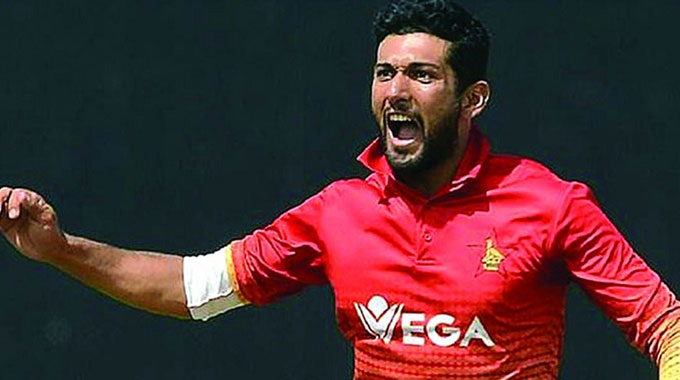Ageing water infrastructure haunts Zinwa

Leonard Ncube, Victoria Falls Reporter
THE Zimbabwe National Water Authority (Zinwa) requires about $50 million to revamp its ageing water infrastructure countrywide.
Zinwa manages most of the country’s dams and is responsible for bulk raw water provision for irrigation and supplies some local authorities.
Acting Zinwa chief executive Engineer Taurai Maurukira acknowledged that the water authority has over the years been facing serious challenges in maintaining and replacing equipment.
Speaking in an interview on the sidelines of the Sixth Session of the Africa Regional Forum on Sustainable Development (AFRFSD) which ended in Victoria Falls last Thursday, Eng Maurukira said the country is on a drive to construct more dams for sustainable irrigation and water provision.
“We face numerous challenges in terms of replacement of ageing equipment and continuous maintenance and replacement. We have been doing this continuously despite challenges but we think we now have a solution on how we can replace our equipment using revenue generated from supply of water,” said Eng Maurukira.
“We roughly require around $50 million to replace all our equipment if we are to replace water pumping equipment and storage of chemicals. This may not be a single injection into our system but on a continuous basis over 12 months. We believe this will see us running and replacing some equipment that has completely run down.”
He said Government is constructing several dams and some of them are expected to be completed this year.
Some of the dams under construction are Gwayi-Shangani Dam in Matabeleland North, Thuli-Manyange Dam in Matabeleland South, Chivhu Dam in Midlands; Marovanyati Dam and Silver Stream Dam that are both in Manicaland, Sengwa as well as Dande dams in Mashonaland Central and Causeway Dam in Mashonaland East.
Gwayi-Shangani Dam in Matabeleland North will be the third largest inland dam in the country after Tugwi-Mukosi and Mutirikwi in Masvingo.
Eng Maurukira said Gwayi-Shangani Dam which will have a capacity of 265 million cubic metres of water is due to be completed this year together with Chivhu, Marovanyati and Causeway dams while Thuli-Manyange, Dande and Sengwa will be completed in 2022.
“We are hopeful that all the dams will be completed as scheduled and that should see us improve significantly in the provision of water for food irrigation and domestic use,” he said.
Eng Maurukira said Government had committed significant funds towards construction of the water bodies whose development had been delayed in the past years due to financial constraints.
He said participating at the AFRFSD had given the country an opportunity to assess itself in terms of its efforts in water provision in line with meeting Sustainable Development Goal (SDG) Number 3 which talks about provision of adequate water to people.
“Government is undertaking several projects and currently 10 major dam construction projects are underway as partial fulfillment of the SDG.
“The water-food security nexus is key to the economic development and because of climate change we have to make sure we supply enough water to the country through dams because rain-fed agriculture is partly to blame for the situation we are in now,” said Eng Maurukira.
He said Government will continue building more dams until it meets the national requirement of 12 billion cubic metres storage in dams. Currently the country’s dams have a combined capacity of 10 billion cubic metres of water.-@ncubeleon












Comments